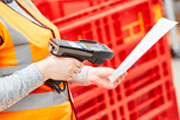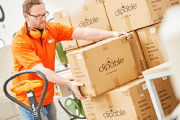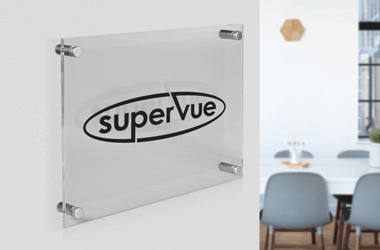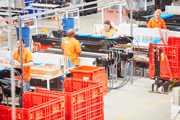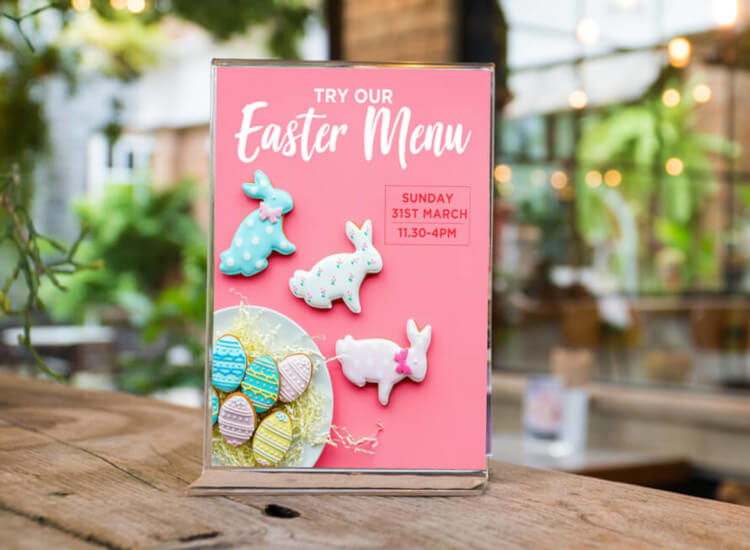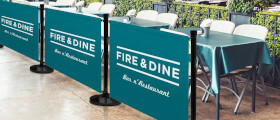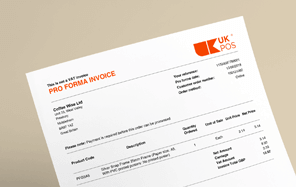How to Start a Food Stall Business
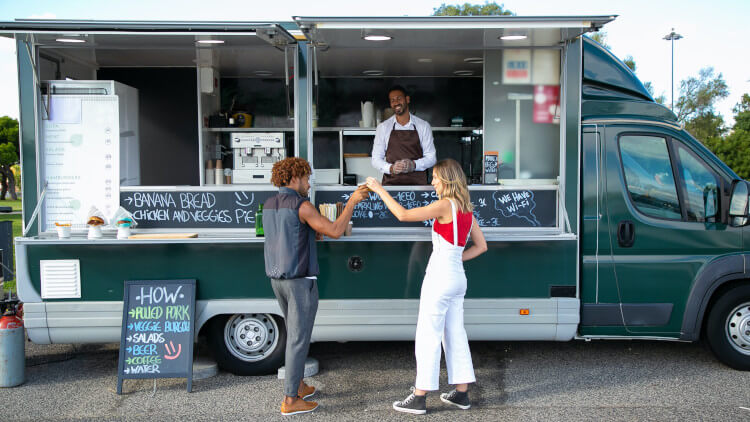
So, you've decided to turn your love of cooking into a business. You dream of serving up mouth-watering street food, delighting customers, and making a name for yourself.
But where do you start?
Fear not! This easy-to-digest guide will take you through everything you need to know about how to open a food stall and make it a sizzling success.
What Type of Food Stall Do You Want to Start?
First things first – what are you selling? From gourmet burgers to artisan doughnuts, your food stall should reflect both your passion and what’s in demand. Street food is booming, so consider trendy options like loaded fries, Korean BBQ, or vegan comfort food.
Bear in mind that the legal aspects may differ depending on what kind of food you're serving.
Do you want to have your own mobile food truck that is kitted out to drive around and serve food from? Or would you prefer to have a simple stand at local markets, with just a table and gazebo? This will influence both costs you need to factor in, and convenience of transportation.
"50% of UK consumers buy from a street food van at least once a week" [1]
Where Will You Trade?
Do you picture yourself at bustling food markets, festivals, or maybe outside a busy train station? Each location has its own pros and cons. Starting small at local events helps you build a loyal following and create word-of-mouth buzz before tackling larger events.
Large events, such as music festivals, are a great goal to work towards. The high foot traffic means that you will have potential customers walking by and needing food all day and night. The costs associated with these events, however, tend to be high.
You'll typically pay a pitch cost, as well as giving the organiser a cut of your profits. Therefore you'll need to be cautious and ensure you can make your money back. In the meantime, test the water at some smaller events.
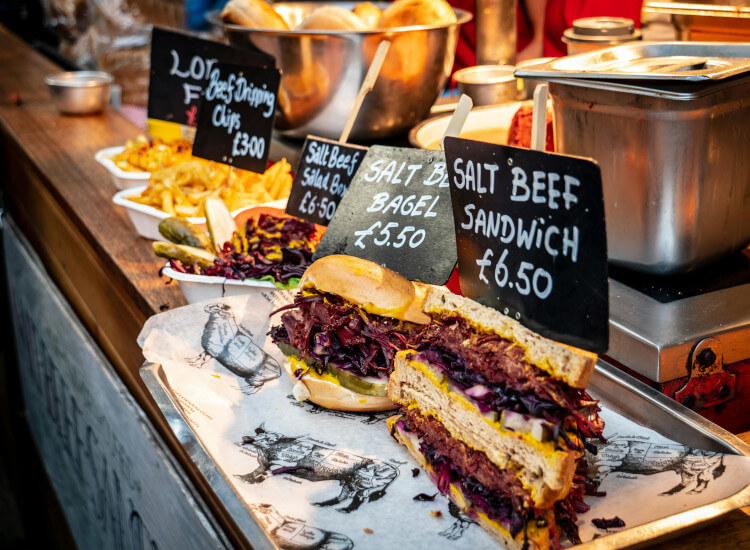
Can You Cope with High Demand On Your Own?
Running a food stall solo is possible, but be prepared for chaos during peak hours! If you're expecting big crowds, having an extra pair of hands can be a lifesaver. Plus, serving speed is crucial for keeping customers happy and coming back for more. If you need to hire a staff member, factor this into your cost analysis.
Legal Considerations
If you're in the very early stages of planning your business, it's worth considering that legal requirements tend to differ between a food stall selling items such as pre-prepared baked goods and one serving hot food cooked onsite.
Getting a Food Stall Licence
You’ll need a food stall licence to legally trade. Typically, both hot and cold food stalls require registration with the local council at least 28 days before trading. This is free and applies whether you're at markets, festivals, or operating a mobile food van. Other requirements vary depending on your location, so check with your local council.
Food Hygiene Certificates for Market Stalls
Good hygiene isn’t just important – it’s a legal must! A food hygiene certificate for market stalls proves that you know how to handle food safely. It’s often a requirement when applying for a licence. You should should have a Level 2 Food Hygiene Certificate as a minimum.
Hot food traders may be required to have Level 3 (Supervising Food Safety) depending on the local council and event organisers. Hot food stalls will also need hand-washing facilities.
Pre-prepared goods are generally considered lower risk as they don't require temperature control. Both fresh, hot food and pre-prepared food stalls should follow allergen labelling rules.
Risk Assessment
From hot oil splatters to trip hazards, safety is key. Conducting a risk assessment ensures you comply with health and safety regulations, making your food stall a safe place to work.
How Much Does It Cost to Start a Food Stall?
Your startup costs will depend on several factors, including equipment, stock, permits, and branding. Expect to invest anywhere from £2,000 to £10,000 to get started.
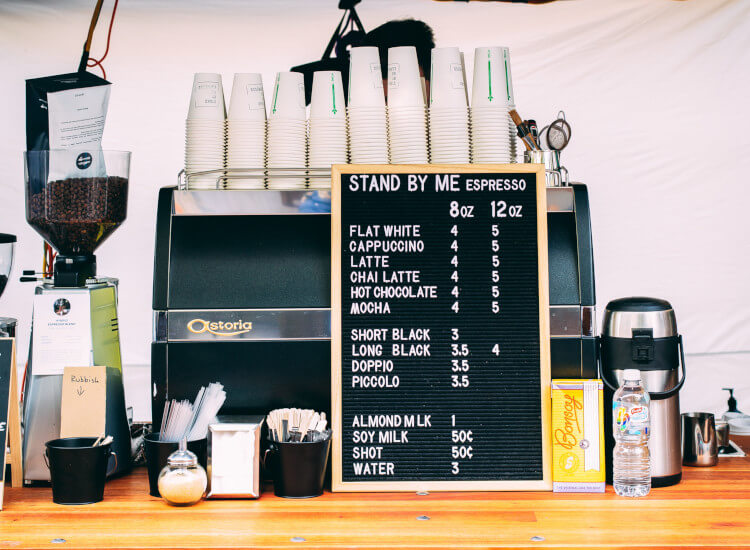
You'll need to think about more than just how much stock will cost versus potential income.
If you need new transportation, cooking equipment, portable refrigeration, a handwashing station and more, costs soon add up.
Even individual items such as new chef's knives, packaging and napkins will all add to your initial outlay.
Despite the costs, food markets can be extremely profitable, without the fees associated with a bricks-and-mortar business. Research from IBIS World predicted that food market revenue in the UK would rise by 6.9% in 2024-25 [2].
Essential Food Stall Equipment
To run a successful food stall, you’ll need:
- A sturdy gazebo or stall setup (mobile or static)
- Cooking appliances (grills, fryers, etc.)
- Refrigeration for ingredients
- Serving containers and utensils
- Cleaning supplies
- A payment system (cash and card options)
Branding, Marketing, and Food Stall Signage
With the right branding, marketing and presence can really help you make a return on your investment. Obviously, a good looking, tasting and smelling food stall display is of key importance. But there's a lot more you can do to attract attention and stand out in the crowds.
How to Attract Customers To Your Food Stall
First impressions matter! Food stall signage should be clear, inviting, and on-brand. A catchy name, eye-catching menu board, and professional-looking setup can make all the difference.
A pavement sign is the ideal way to attract passersby to your food stall or truck, allowing you to entice them by listing your key items.

If you want to change your menu regularly without relying on print, a chalkboard sign is ideal. You can strike through items as they sell out, or adjust prices as needed. Alternatively, a peg letter board has a retro look that is really popular, and is also easy to update prices and products when required.
Social Media and Word-of-Mouth Marketing
Social media is a great way to create buzz and attract customers without spending a fortune on advertising. Post drool-worthy pictures of your food, engage with customers online, and encourage happy customers to spread the word. A strong social media presence can turn your stall into a must-visit destination.
You can also opt to display leaflets or business cards, giving customers an extra chance to remember your business name and social media handle. This makes them more likely to tell their friends and family about you, too.
Final thoughts
Starting a food stall business is hard work but incredibly rewarding. With the right planning, equipment, and marketing, you can turn your passion into a thriving street food empire. Now, grab your apron, fire up the grill, and get ready to serve up some deliciousness!
-

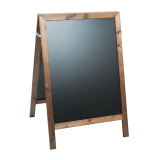
A Board Chalkboard
ABC4 In stockFrom: £56.00 ex. VATView -

Feather Flag with Custom Print
FG2 Despatched in 7-10 working daysFrom: £76.80 ex. VATView -

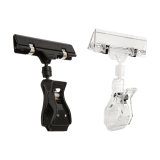
Plastic Ticket Holder Clip
CL10 In stockFrom: £0.59 ex. VATView -
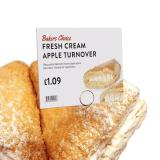
Wire Pin Ticket Holders x 25
PCH2 In stockFrom: £13.91 ex. VATView -

Unframed Chalkboard
CBU In stockFrom: £2.78 ex. VATView -
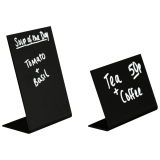
Lean Back Chalkboard Sign
CBS1 In stockFrom: £1.41 ex. VATView -


Freestanding Single Sided Acrylic Poster Holder
AS1 In stockFrom: £0.49 ex. VATView -
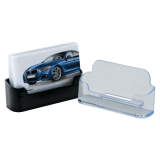
Desk Business Card Holder
CD5 In stockFrom: £0.39 ex. VATView
References
1. ‘Trends and Figures Defining UK Street Food in 2024’ (2024), Street Food Business Expo https://www.streetfoodexpo.co.uk/news/trends-and-figures-defining-uk-street-food-in-2024/
2. ‘Food Markets in the UK - Market Research Report (2015-2030)’, IBISWorld https://www.ibisworld.com/united-kingdom/industry/food-markets/14647/


